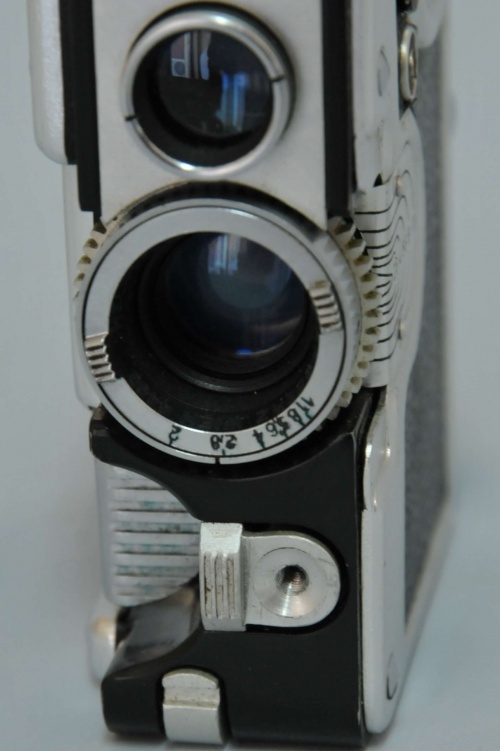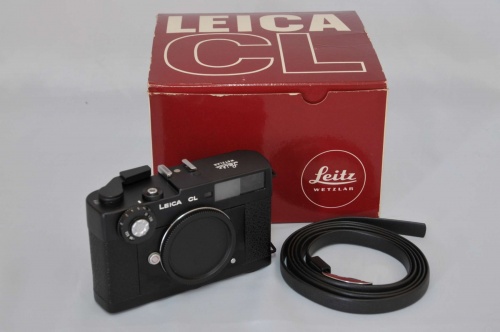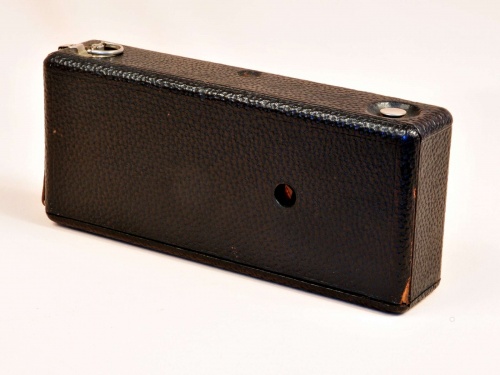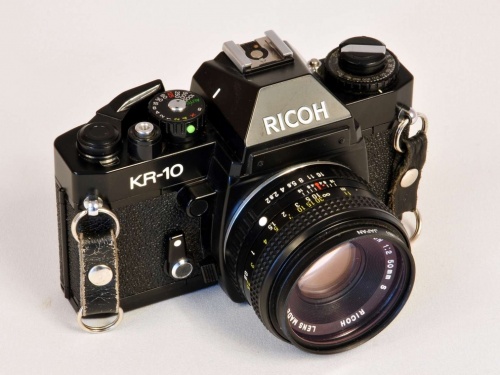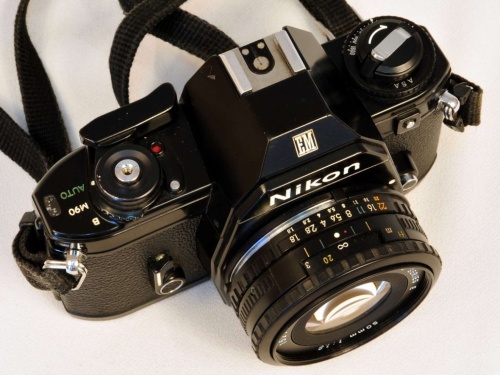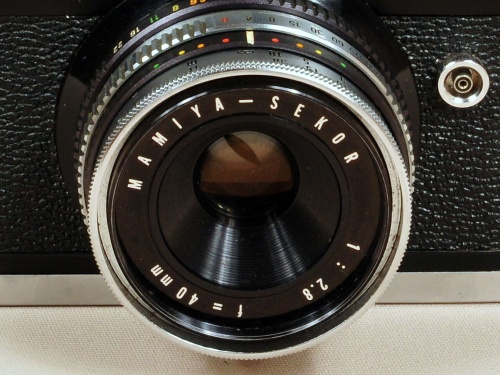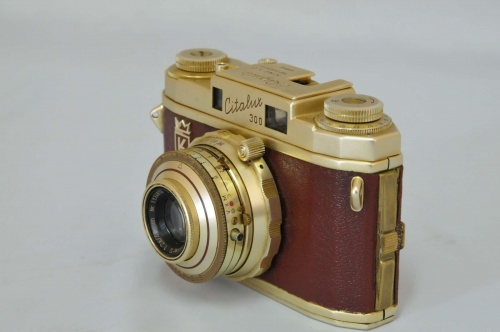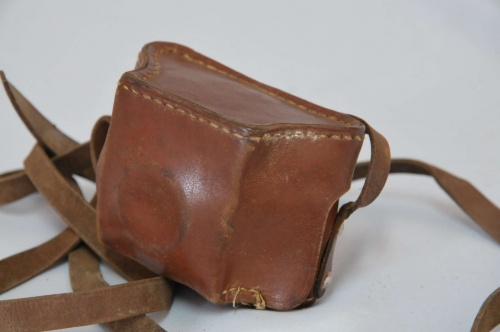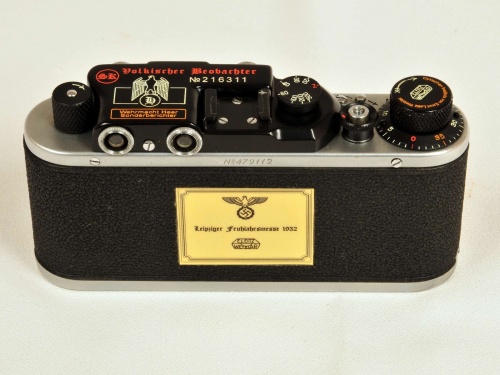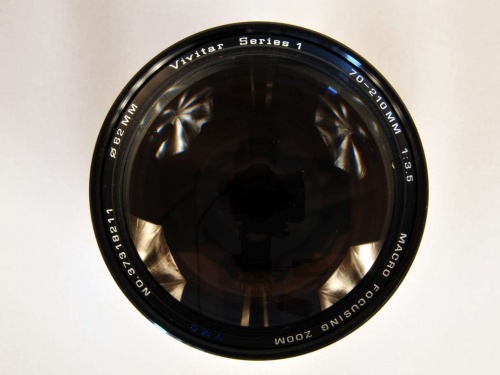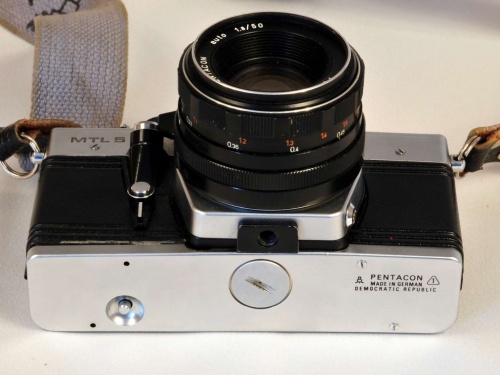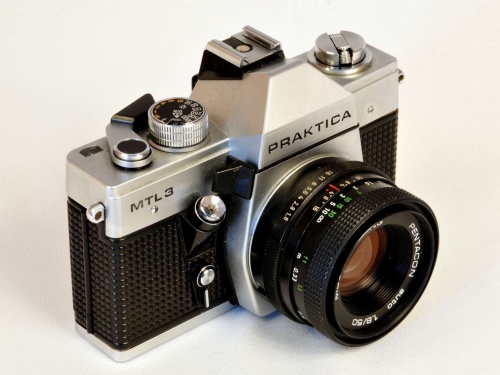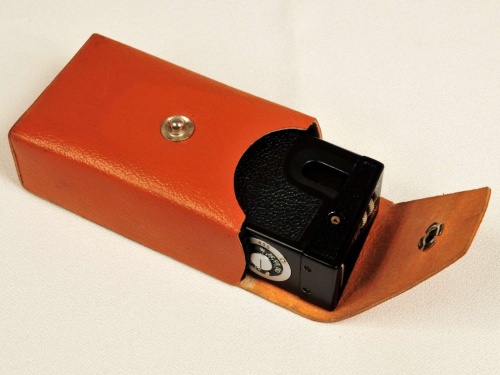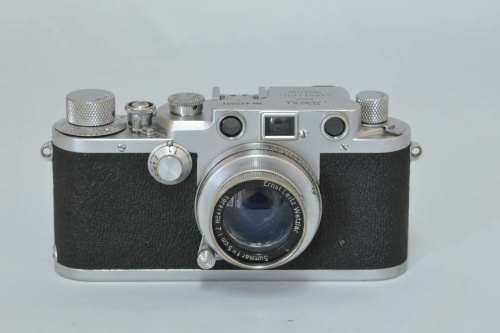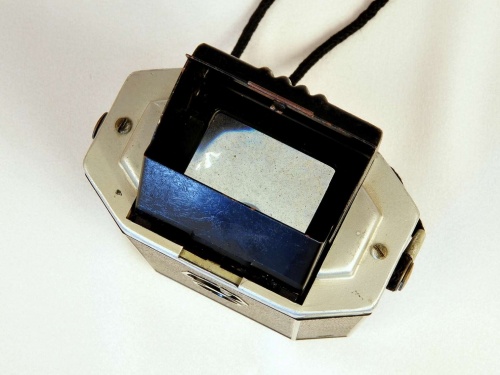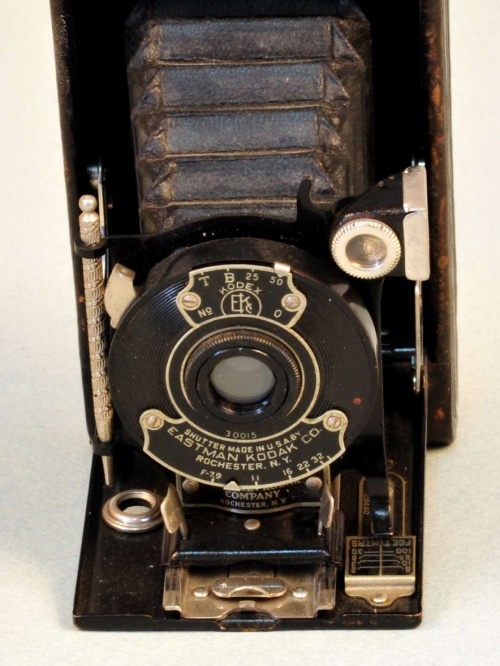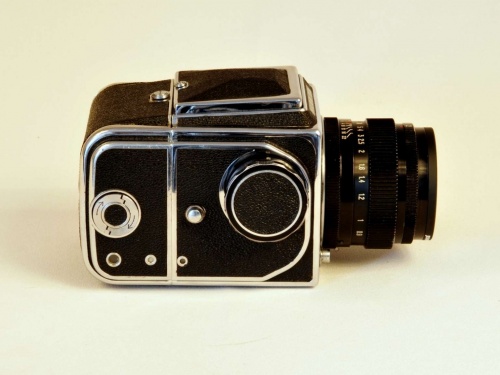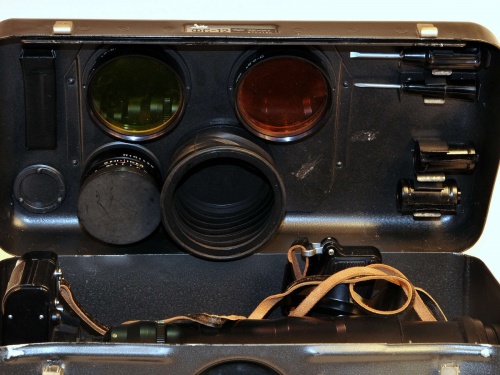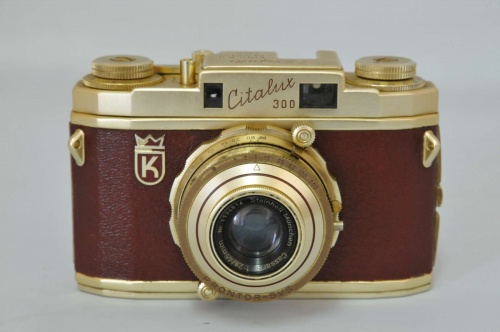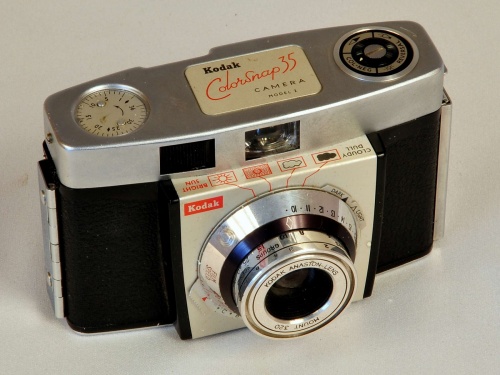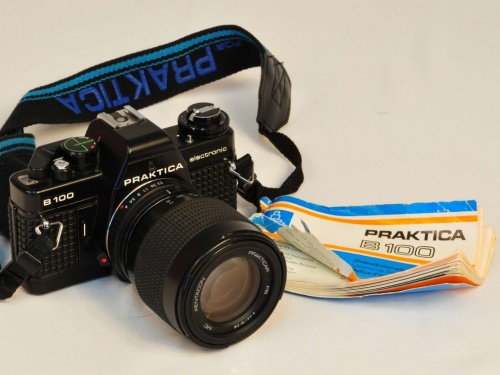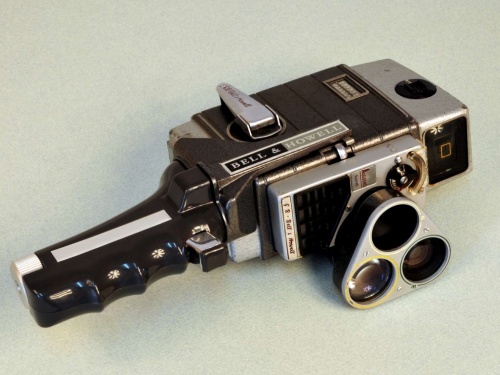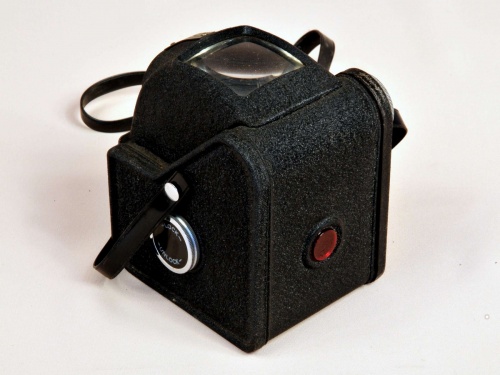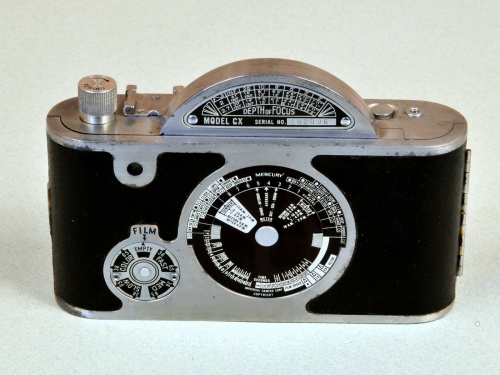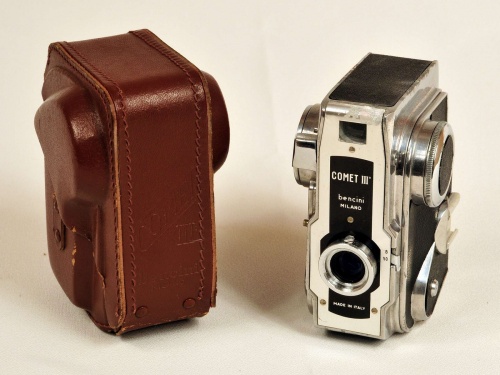The most unusual cameras in the world (532 photos)
Разрешение картинок от 960x720 до 2400x1803px
At first glance, it seems that this is an ordinary Zippo lighter, but as soon as you open the lid, you see a 640 x 480 VGA camera. And inside there is another 64 MB of built-in memory, a USB connector, a photo timer and others no less shocking (for a lighter) functions...
To connect the camera to a PC, you just need to plug the cable into the camera on one side and into the USB port on the other. Once installed, the software opens up a wide range of possibilities: printing, formatting, cropping, saving, and other manipulations with photographs.
This Seitz camera actually "uses 160 megapixels to create a 6 x 17 cm live image." It also boasts a shutter speed of 1/20,000th of a second, a data transfer rate of 300Mbps, and a selectable ISO range of 500-10,000. The only downside is that the portable version (pictured) costs a whopping $32,266, while the studio version retails for a fraction of the previous price of $33,715.
BINOCA01 from Thanko combines the functionality of a 2 megapixel camera and binoculars. And all this in one device! It is powered by 2 AA batteries and includes 32MB of internal memory. But there are a couple of “buts”: there is no LCD display to view the pictures taken, and the memory cannot be increased using memory expansion cards, because slot is missing. This device measures 116 x 67 x 37 mm and weighs only 215 g.
If just a camera phone isn't enough for you, check out this "waterproof (30m) GoPro Digital Hero wrist camera." It can take digital photos with a resolution of 648 x 480 / video 320×240. It has an internal memory of 32 MB.
You can fold it parallel to your wrist when you're not using it. And when you want to take a photo, just lay it out in a position perpendicular to your hand and shoot!
“A compact 35mm camera with a motor and automatic or manual rewind, combined with a digital camera that can take 26 photos at high resolution and 99 at low resolution.” The only drawback is that it can only be purchased on eBay.
With its unique ergonomic design, the 360 Camera created by Cedric Tay allows users to take great panoramic photos while holding the camera in one hand! “The 360 camera is designed with a specially designed user interface, the main control functions are carried out using the sensor, for which the outer surface has been made smooth.”
The photo industry is developing at such a pace that today relatively high-quality optics fit into a relatively small camera. The Canon Snap concept is the embodiment of the camera of the future. Snap is so small that you can wear it on your finger. At the same time, the camera has great power and can compete with large expensive devices. The only control button is confusing. For a spy camera, such brevity is absolutely fine. But for a device that will compete with expensive DSLRs, in our opinion it is somewhat primitive.
"Flying Wand" by designer Tsuno Wang. The name speaks for itself. In case someone doesn’t understand, we repeat: this is really a flying stick with a camera. How to use: Roll the stick in your palms and then release. The camera takes pictures automatically at specified intervals. You know that people look a couple of kilograms slimmer if they are photographed from above?
Triops is a powerful digital camera with three ultra-wide-angle lenses. The device can be tossed, suspended, turned over - it is capable of taking pictures in any position. The camera responds to sounds, movements and manual shutter releases. There is a sports mode, when photos are taken at a minimum interval, and 360-degree panoramic shooting. All working parts are housed in a durable housing. Photos can be transferred wirelessly to a separate screen. The screen serves as an image processing and storage device, as well as a charger for the camera.
This concept from Samsung combines two sides of the digital photo coin - shooting and viewing images. Camera and photo frame in one bottle. The thin body has a special recess and a barrel-shaped grip to make it easier to hold the camera. There are no adjustment buttons - the camera does everything itself. Your job is to point the lens at the subject and shoot. The images are clearly visible on the large, bright screen, and the built-in “foot” stand allows you to place the camera frame on a chest of drawers.
Designer Chu Li from Samsung China says about his development as follows: “Touch Sight is a revolutionary digital camera designed specifically for people with vision problems. Easy to use, it has a unique option to record sound for three seconds after the shutter is released. Audio recordings will help the photographer remember the conditions under which the shooting was made; this function will also be useful when sorting photographs. For obvious reasons, Touch Sight does not have an LCD screen, but it does have a lightweight and flexible Braille screen that displays
compresses photos in 3D so users can “touch” their photos. The sound file and image are saved together into one photo that can be touched, shared online, or uploaded to other Touch Sight cameras.” In the process of creating this device, Chu Li came to the conclusion that when taking pictures, it is best to hold the camera in the area of your forehead, as if it were your third eye. This is supposed to be the optimal position for stabilizing the camera and aiming the lens. However, to hell with skepticism - Chu Li is right about some things. Possessing acute hearing, blind people easily determine distances. They hear the subtle rustling of leaves, and such sound markers help them estimate distances to objects. Blind people also use other senses to perceive the world: for example, the heat emitted by the sun or a lamp tells them the location of the light source, which is important for photography.
A magnifying glass camera. In the viewfinder, future photographs are visible with distortion, as if you were photographing with a wide-angle lens. Useless, but cool. By the way, the 16mm lens of the “funny” camera has a mirror surface, so you can photograph not only crooked houses and streets, but also your blurry face.
Skyros is the first ground-to-air camera. Thanks to it, true connoisseurs of beauty will be able to admire the greatness of the planet and the pettiness of people from a bird's eye view. For more cynical readers, let's put it another way: with Skyros you can see what pigeons see before they leave a mark on your car. The principle of operation is this: pneumatics launch Skyros to a height of up to 40 meters, there the rotors turn on, and the camera freezes. During the descent, the camera takes pictures at certain intervals. Having caught the camera, the photographer places it in the base and can view the footage. By the way, thanks to the sensor built into the “flying” module, the camera returns exactly to the user. The Skyros can be used as a regular ground camera, which sets it apart from other aerial cameras.
This tiny device has nothing that would seem to be included in the mandatory package of a camera: no viewfinder, no LCD screen, and only one control button. However, this flash drive with a built-in camera still performs its basic function - taking photographs. Well, you can find out what happened only after you connect the device to the computer.
Camera grenade SatuGO. This concept camera comes with a special mount and a shutter release in the shape of a pin ring. It has two timer settings for shooting (3 and 10 seconds), however, it can turn on automatically to start shooting not only using a timer, but also simply from a mechanical shock. It is enough to throw such a photo grenade at some object and when it comes into contact with the surface, it will take the picture where the camera lens was pointed. Of course, it is extremely difficult to get interesting shots with such a camera; it will require a lot of luck and many attempts to throw a “grenade”.
P.S. Below are other cameras. These are classic, I would even say antique cameras. Beauty...
К сожалению к данной новости, архив не доступен [id файла=6004]
